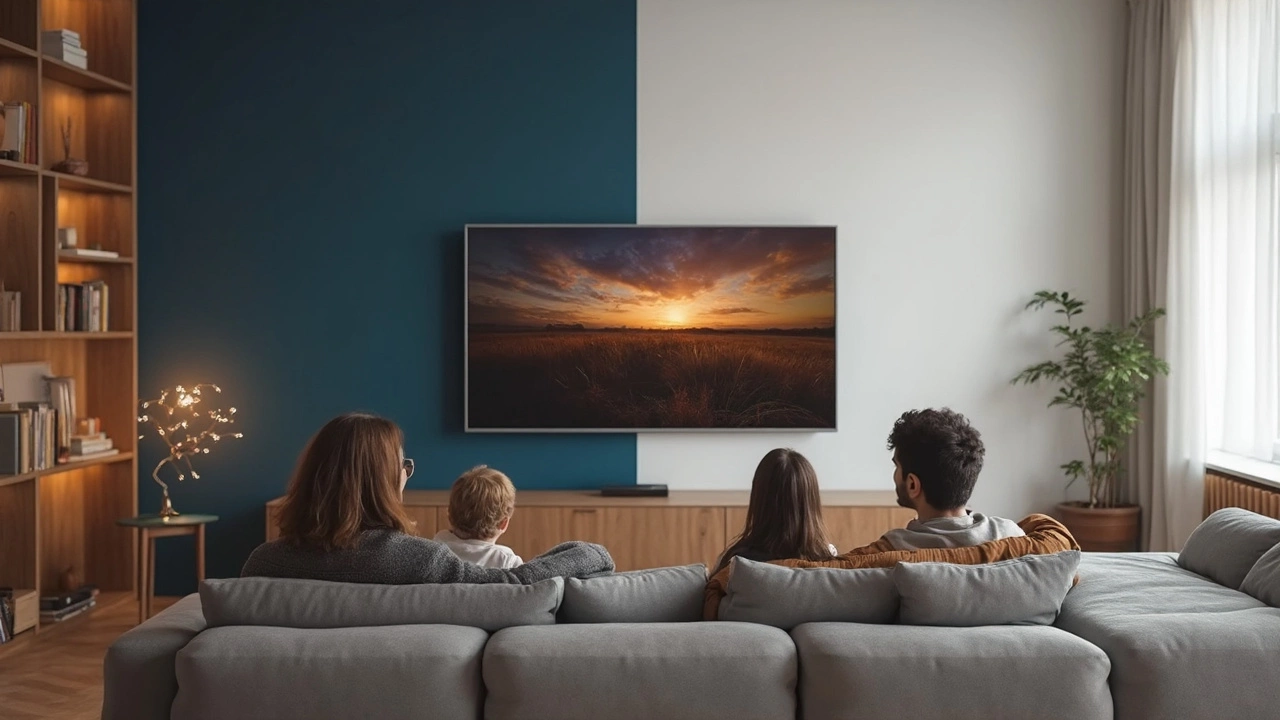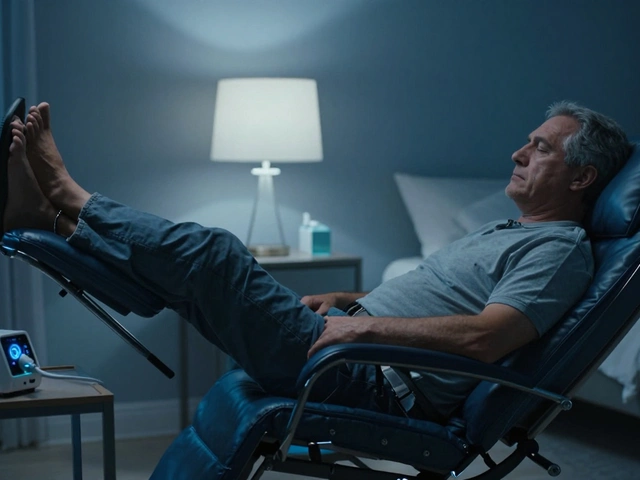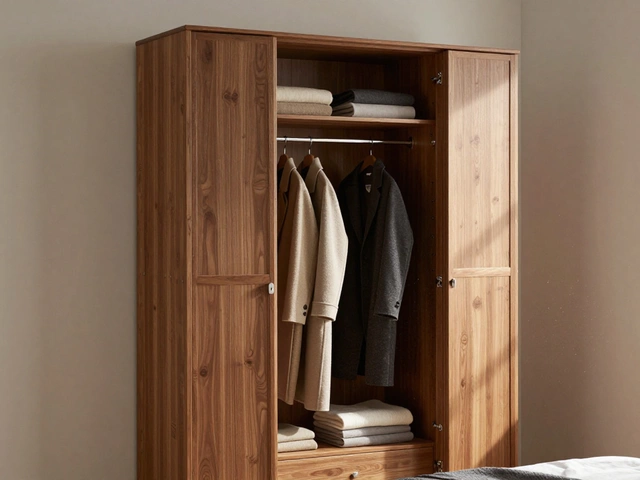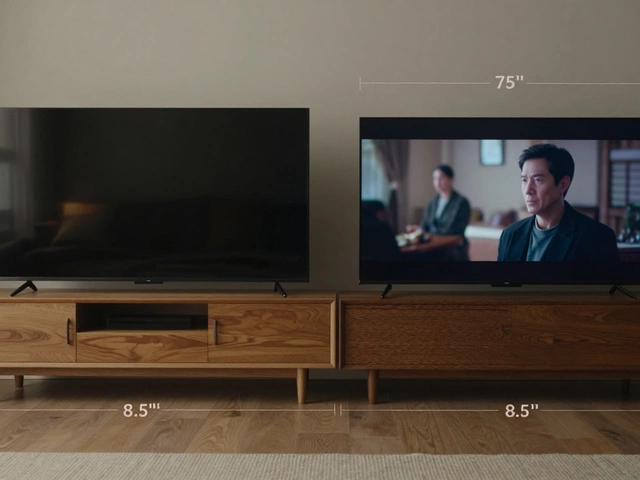Living Room TV Tips: Simple Steps for a Better Viewing Experience
Choosing where and how to put your TV can change the whole feel of your living room. A well‑planned setup not only looks good, it also protects your screen and makes binge‑watching comfortable. Below are the most common questions and quick answers you need before you buy a stand, mount a wall, or rearrange furniture.
Pick the Right Spot and Height
First, decide if you want the TV on a stand or mounted on the wall. A wall mount saves floor space and often looks cleaner, but you need a stud or solid backing to hold the weight. Measure the eye level when you’re seated; the screen centre should be about 42‑48 inches from the floor for a typical sofa height. If you’re using a 55‑inch TV, a mounting height of roughly 48 inches works for most people. Adjust up or down by a few inches if you have recliners or low‑profile chairs.
When you place the TV on a stand, choose a piece that’s at least 2‑3 inches wider than the TV. This extra length prevents the screen from hanging over the edge and gives room for cables or decorative items. For a 65‑inch screen, a stand around 70‑75 inches long is ideal. A sturdy base with a weight rating above your TV’s mass keeps wobbling at bay.
Mind the Viewing Distance and Light
Distance matters for both picture quality and eye strain. A good rule of thumb is to sit at a distance that’s 1.5 to 2.5 times the diagonal screen size. That means a 55‑inch TV looks best 7‑11 feet away, while a 75‑inch screen feels right at about 10‑15 feet. If your room is smaller, consider a TV with a higher resolution to keep details crisp.
Lighting can ruin a perfect picture. Avoid placing the TV opposite large windows that create glare. If you can’t move the windows, use sheer curtains or an anti‑glare screen. Ambient lighting behind the TV (bias lighting) reduces eye fatigue and makes black levels pop. A simple LED strip on the back of the unit does the trick without adding clutter.
Finally, think about cable management. A short power strip or a wire cover paints a clean look and prevents tripping hazards. Hide HDMI and speaker wires inside the wall or in a cord race if you’re comfortable with a little DIY. The effort pays off in a tidy, professional‑looking setup.
With these living room TV tips, you’ll enjoy a sharper picture, a safer setup, and a stylish focal point that blends with your décor. Take a moment to measure, plan, and tidy up—your future self will thank you when the next series drops.
Should a TV Wall Be Dark or Light? Practical Tips for TV Stand Setups
Choosing between a dark or light wall behind your TV changes the whole viewing experience. The right color can reduce eye strain, improve picture quality, and even make your room look bigger or cozier. This article explores how wall color impacts your setup, with easy tips to help you pick what works best for your space. Expect real-life examples, mistakes to avoid, and clear steps to nail your TV wall look.







